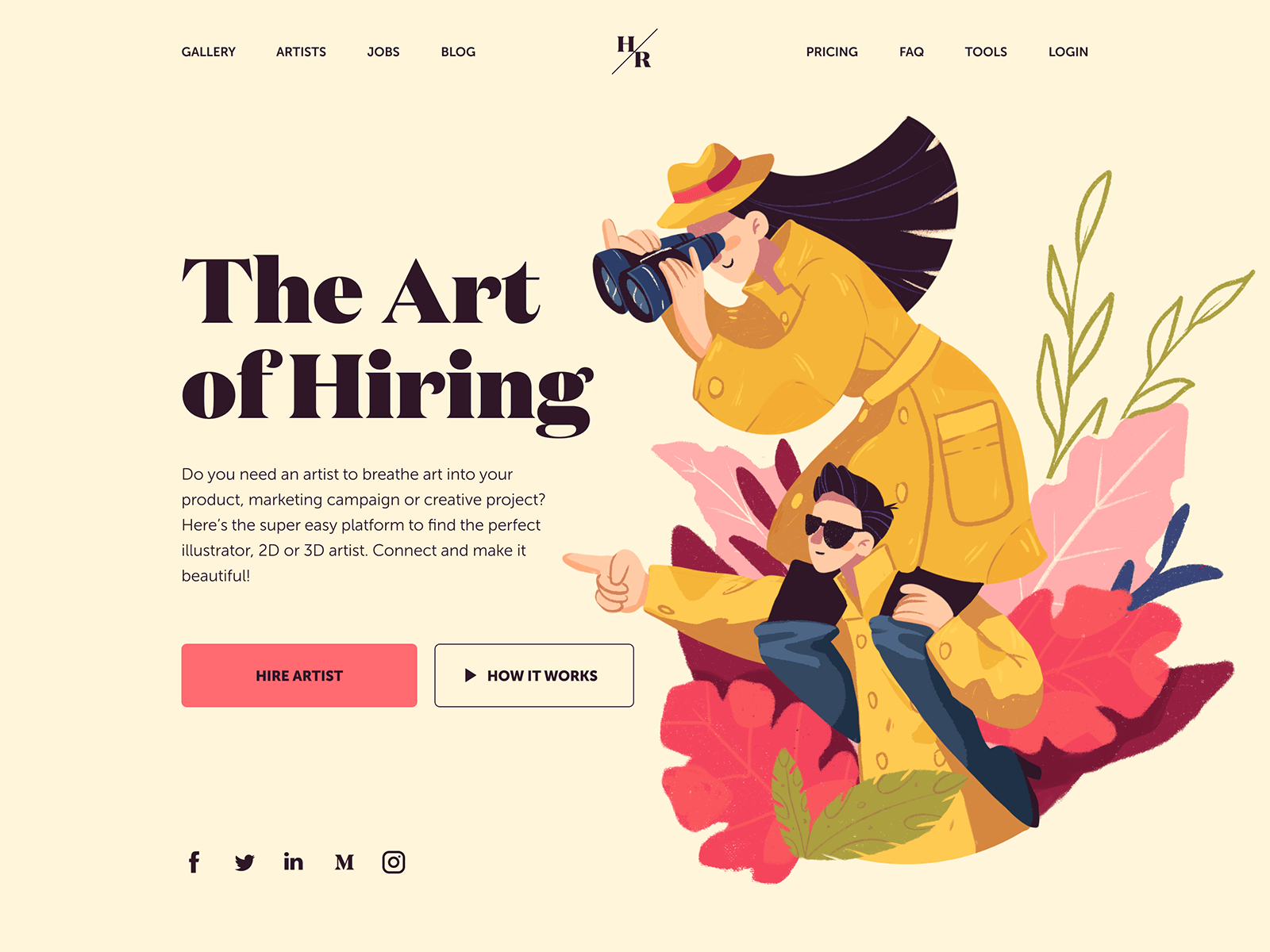Web Design: 9 Basic Types of Web Pages

In this article, let's review basic types of web pages you can find on diverse websites around the Web. Packed with web design examples and tips.
For most people of today, it’s already hard to imagine life out of the Web. Various websites help us with everyday tasks like cooking or shopping, support our education with tons of data, keep us quickly informed with plenty of news, help us manage, calculate, work, and communicate. According to Internet Live Stats, it’s almost 1.8 billion websites for August 2020. So, the diversity of websites needs more and more various design approaches and solutions. Yet, whatever diverse are websites, there are some basic pages typical for most website structures. In this article, we offer you to review 16 basic types of web pages you can come across around the Web.
Home Page
Home page is one of the most strategic pages of any website. It is called home as it is typically a starting point where the user gets a core introduction to the website and chooses the direction of his further journey around it. Home pages usually contain links to the most important interaction zones. In other words, it can be also named the initial page or index page. Home page is the start of users’ journeys if they are directed to the website by search engines so in most cases, it is the page visited by the biggest number of website users.
Home page often contains a search field, basic onboarding functionality for personalized sites, and different areas of navigation showing users diverse categories of data. It might also contain engaging welcome messages and copy blocks featuring slogans and/or explaining the benefits of the website or brand it presents. So, in the case of web marketing, it is recommended to design the home page in consistency with a company or product branding to give a strong visual association.
The look and structure of the home page may also differ for the websites where users sign up and create accounts. In this case, it often happens that the home page looks different for users that are logged in and the ones that aren’t. For example, for logged-in users on social networking websites, the home page may look like the feed of all the updates while the logged-out users will perhaps see the page presenting the benefits of the website and the registration form. On ecommerce websites, the home page often shows the hot deals and provides quick access to different categories of goods.
Depending on the business goals and target audience, design solutions for home pages may be very different: some of them are based around informativeness while the others aim to “shock and awe” a visitor with the wow-effect of media content or animation, this way catching attention, creating the necessary mood and engaging to see more.
Feed Page
Feed (or news feed) page is found on websites that often update content. In other words, it’s a content stream users can scroll through and check what’s been updated on the website. On the feed page, the content is presented in blocks or elements that are similar and repetitive. For instance, an editorial feed will be presented by the list of news or articles whereas on the social networking site the feed will often show the updates from the followed users or pages. Also, the presentation of the feed can be different from text-only and super minimalist to the one using big complex blocks of content including both text and media like photos, illustrations, or even video previews.
Menu Page
This page is usually about navigation goals. As well as a typical menu control, the menu page presents a sort of list giving access to different content categories and interaction zones. It is not always needed: the websites with simple structure often use just the menu controls integrated into the web layout that doesn’t require transitions to a separate page. However, the separate menu page allows designers to focus the user’s attention on the options without distractors around. What’s more, in many cases separate menu page supports the minimalistic approach for other pages.
About Page
This is a web page that allows visitors to get quickly informed about the company, product, or person behind the website. It is an important part of strong branding and the shortcut to telling the audience about the benefits of what they can find on this website or do with its help, so when visitors want to get a concise introduction of the brand they look for this page. The link to About page can often be found in the website header or footer, or both.